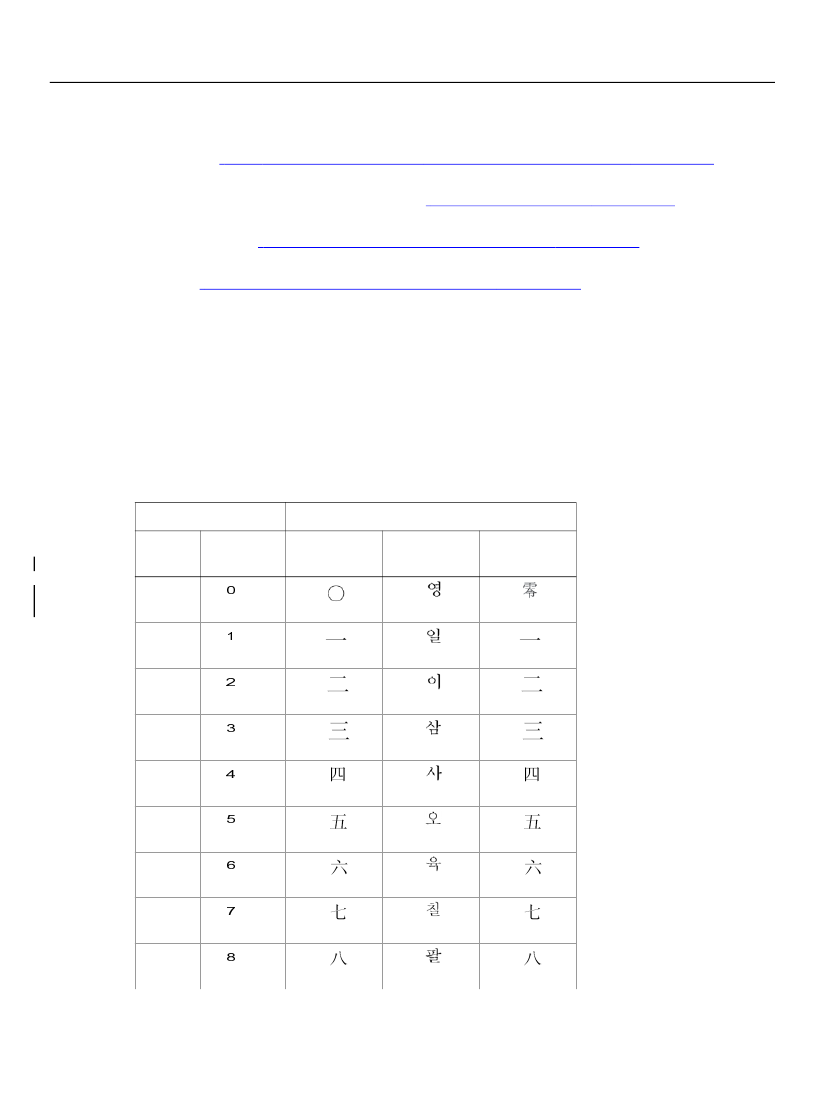
XFA Specification
Chapter 24, Picture Clause Specification
Asian Date, Time and Number Considerations
911
Asian date representations may differ from Western ones in several respects:
●
Characters/ideographs.
Asian dates may use full-width characters or ideographs rather than Latin
numbers. (“Using
Numeric systems.
Asian dates may use either the standard Arabic numeric system or another system,
described in this document as the tens rule. (“Tens
Eras.
Date picture clauses allow years to be represented in terms of the Gregorian calendar or in terms
of imperial eras. (“Imperial
Era name symbol styles.
Some Asian locales use multiple character and ideographic styles for an era
name. (“Imperial
●
●
●
Using Full-Width Characters and Ideographs in Date and Time Data
In Asian prevailing locales, date and time picture clauses can specify the appearance of the data as any one
of the following:
●
●
●
ASCII digits 0-9 (U+30 to U+39)
Unicode full-width digits 0-9 (U+FF10 - U+FF19)
Ideographic numbers specific for the locale.
The following table illustrates such ideographic numbers.
Universal
Latin
digits
0
1
2
3
4
5
6
7
8
Full-width
digits
(U+FF10)
Examples of Asian Ideographic Digits
Kanji
(U+3007)
Hangul
(U+C601)
Hanja
(U+96F6)
(U+FF11)
(U+FF12)
(U+FF13)
(U+FF14)
(U+FF15)
(U+FF16)
(U+FF17)
(U+FF18)
0
1
2
3
4
5
6
7
8
(U+4E00)
(U+C77C)
(U+4E00)
(U+4E8C)
(U+C774)
(U+4E8C)
(U+4E09)
(U+C0BC)
(U+4E09)
(U+56DB)
(U+C0AC)
(U+56DB)
(U+4E94)
(U+C624)
(U+4E94)
(U+516D)
(U+C721)
(U+516D)
(U+4E03)
(U+CE60)
(U+4E03)
(U+516B)
(U+D314)
(U+516B)